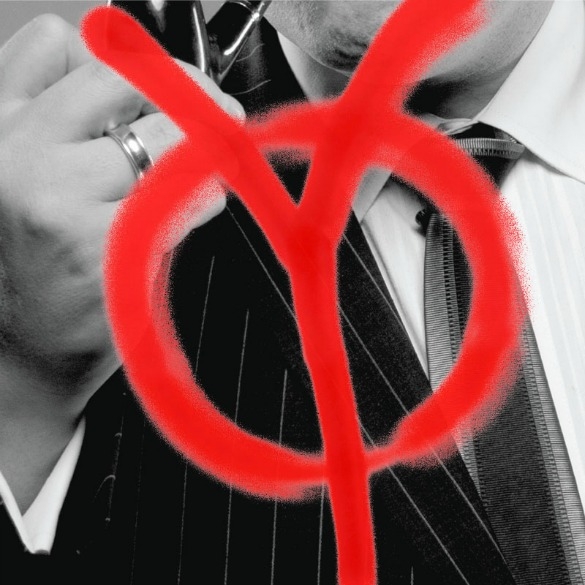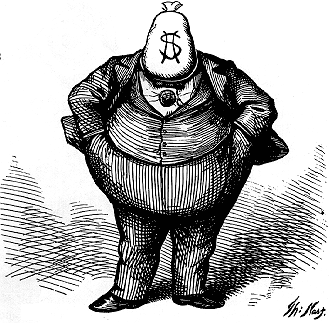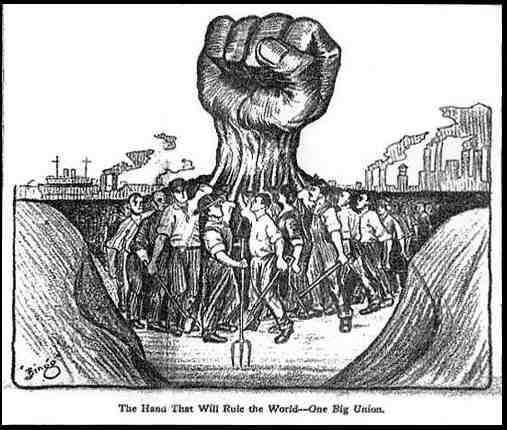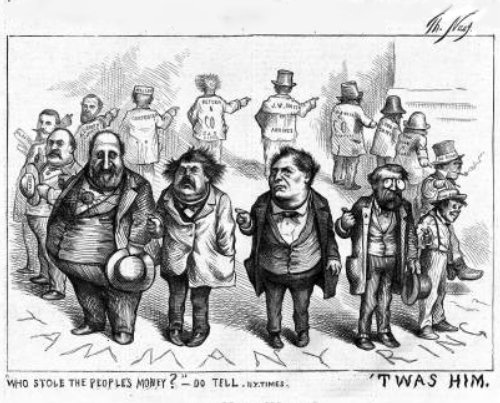www.modernstorytellers.com
Organics is big business now.
By Marc Eisen
The Progressive (July 2015)
In early 1988, American farming was reaching a turning point. A small group of southwestern Wisconsin farmers—an improbable mix of back-to-the-land homesteaders (hippies!) and salt-of-the-earth family farmers—banded together to form a co-op to sell organic vegetables. Desperation does that.
The 1980s were hellaciously bad times for farmers. It was the old sad story of American agriculture. Commodity prices had crashed due to oversupply and the pricing stranglehold of processors. These insurgents, whose dreams of earth-friendly farming were tempered by barnyard pragmatism, asked: What if farmers could set their own prices? What if they could sell organic farm products at a premium? What if they could step away from the chemical herbicides and fertilizers—the “inputs,” in ag business lingo—that drove up their costs, perversely depleted soil quality, and just maybe killed them with cancer?
Last year, organic food sales in the U.S. totaled nearly $36 billion. More than half of American households are customers. That western Wisconsin co-op, which markets under the name Organic Valley, is the largest organic farmer cooperative in North America.
Organic Valley was born in the state’s “Driftless Area,” an unglaciated terrain of hills and valleys where generations of families raised dairy cattle and sowed vegetables. Overlooked and far from any big city, these little farms—many milking fewer than 50 cows—seemed as outdated as a farmer’s outhouse. Back then, the idea of organic farming was radical.
This was a time, remember, when “farming” was speedily giving way to “agribusiness.” Farmers were being exhorted to plant corn and soybeans from “fence row to fence row.” The economic imperative, sounded by all the experts, was seemingly incontrovertible: “Get big or get out!”
These farm rebels didn’t want to get big. They wanted to change the game. They did, beginning with a group of fifty-seven farmers. Now, twenty-seven years later, their co-op—CROPP, for the “Cooperative Regions of Organic Producer Pools”—has approximately 1,800 farmers, including members in Canada and even one in Australia. In April, co-op members met in La Crosse, Wisconsin, to celebrate a prosperous 2014. “Organic Valley Grapples With Positive Problem of Too Much Success,” the local paper declared in a headline.
Sales last year hit $972 million, a nearly 5 percent increase from a financially rocky 2013. Net profits were up too, and the co-op’s dairy farmers, who account for 80 percent of the revenue, got the highest pay hike in the co-op’s history. “Our biggest problem is our success,” CEO George Siemon told reporters.
Existential threat
Surging consumer demand for organics has created supply shortages for dairy products, and immense opportunities for profit. That has attracted some of the nation’s largest American food corporations to step up an already sizable investment in organics. These aren’t people motivated by protecting the environment, says David Kaseno of the National Farmers Organization. They are “people who think: ‘Hey we can make a lot of money in organic milk.’”
The $46 billion merger of Kraft Foods Group and the H.J. Heinz Co. in March will prompt its rivals to bulk up by buying fast-growing organic food labels, both The New York Times and Bloomberg News predicted. The food giants already produce a stunning 70 percent of the items stocked in a typical co-op grocery, says Philip Howard,a Michigan State University professor who tracks corporate consolidation in the organic world.
For organic industry observers, this poses stark questions for Organic Valley: Is it smart enough and big enough to compete with the corporate giants? Will it yield to the temptation to compromise organic standards to maintain market share? More to the point, will it hold on to its all-important dairy members, who have been abandoning the co-op for the significantly better pay offered by some Organic Valley competitors?
This is the paradox of Organic Valley: At a moment of great success, it faces something of an existential threat.
www.agweb.com
In April, Michael Linsmeier, a plainly dressed dairy farmer from Reedsville, Wisconsin, is standing alone drinking a beer at the pre-dinner reception of Organic Valley’s annual dinner at the decidedly unglamorous La Crosse, Wisconsin, convention center. I walk up, and he starts telling me about milking 150 cows on a family farm south of Green Bay that dates to his grandfather in the 1920s. The transition to organic farming a decade earlier proved to be a lifesaver. The price of conventional milk had crashed in 2004, prompting one of those periodic spasms of despair and forced sales in farm country.
“We weren’t going to let our kids farm at that point,” says his wife Linda, who joined us. “We were going to sell out so they couldn’t farm. Now they’re probably going to take the farm over.”
Michael praises the co-op’s performance, though he says profits still aren’t great. But the stable price the farm receives each month affords it security against the gyrating price of conventional milk.
“I see a promising future,” says Michael.
This is a typical story in the organic farming world. And so are Mike and Linda’s unnerving words on how their fear of cancer, more than anything else, prompted their shift to organic. Mike’s dad, brother and sister had all died of it, his siblings by age 40. Had the routine spraying of herbicides and pesticides in conventional farming contributed to their death? He wonders about that and whether the hours he spent as a young man digging rocks out by hand in spray-ridden cornfields exposed him to cancer-causing chemicals.
Later, during the dinner, I sit next to George Teague, a soft-spoken dairy farmer from North Carolina’s Piedmont region. Same story. He hated spraying when he farmed conventionally, but no one else would do it. “When you wake up coughing at night, you know your body is trying to tell you something,” he says.
His Reedy Fork Farm—500 acres, 80 cows—went organic in 2007, and that changed everything. The old regimen served to max out production. Cows were only milked four or five years before they were worn out and slaughtered. Now Teague has cows 12- and 13-years old still being milked.
“A lot of that comes from grazing and being out on grass,” he explains. “We’re not pushing them as hard. Now it’s more about the health of the animal and of the farm in general.”
Amish & Mennonite farms
The promise of a traditional farm life sustained by organic’s premium revenue stream has proved especially attractive to religiously minded Amish and Mennonite family farms. These farmers now make up 44 percent of Organic Valley’s membership and have proven crucial in offsetting the loss of dairy members fed up with the pricing system.
“Dairy farming is the traditional way that Amish are involved in agriculture,” says Amish-life chronicler Erik Wesner. “It’s not just a way of making a living, it’s a vocation.”
Ernest Martin, a Mennonite who farms 150 acres with his nine children near Shiloh, Ohio, says organic farming is a good fit for his brethren. “Those of us who embraced organic farming were already involved in rotational grazing. Going organic was just the next step.”
Mennonites, he explains, own their own farms, but frequently make decisions as a group based on community needs. “That parallels Organic Valley really well,” he says. “Decisions aren’t made just around one farm but around what is best for the whole organic community.”
Long ago, the late John Kinsman, founder of Family Farm Defenders, a Wisconsin-based nonprofit that advocates for a “farmer-controlled and consumer-oriented food and fiber system,” identified the power of the organic movement. Ordinary people were putting their dollars where their beliefs were, creating a market for packaged foods not dosed with additives, milk not produced by cows shot up with growth stimulants, cereals not made from genetically modified grains. And they could support family farmers like Kinsman.
Citizen pressure led Congress to pass the Organic Foods Production Act in 1990, which set the framework for national standards for “organic” farmland, food, and permissible ingredients. A 12-year struggle ensued over the particulars, including the timetable for transitioning land (three years) and livestock (one year) from conventional to organic status. Organic stalwarts like Family Farm Defenders and the Cornucopia Institute have long complained that the standards have been watered down—particularly grazing requirements—to allow vast factory farms to gain the valuable organic imprimatur.
Still, Organic Valley was able to capitalize on a market it helped create. …
Read the Rest












